PetNcs
Chameleon Enthusiast
CLIMATE OF THE NATURAL HABITAT OF THE MIGHTY YEMEN CHAMELEON
The Yemen Chameleon (Veiled Chameleon) is one of the most popular chameleon species in captivity today. Yet it is one of the mostly misunderstood and miss handled a Chameleons in captivity. Let us please finally understand it’s climatic requirements to make them comfortable and thriving in captivity and not suffering...
The Yemen chameleons live nowadays in Yemen and Southern Saudi Arabia.
As ferals, they live in many strong populations in Florida and few small populations in California. The former Hawaiian population on the Maui island has been eradicated by local authorities and for many years, there was no single sigting reported from there.
The Yemen Chameleons are very hardy, so that they can survive even a completely wrong care which is actually provided by a vast majority of keepers and breeders, because their natural conditions are completely misunderstood or even faked, many care sheets recommend conditions, under which the Yemen Chameleons suffer to death.
The Yemen Chameleon is a montane species that lives in an environment which is colder than the environment of the undisputed montane species - Three Horned Jacksons Chameleon! They occupy altitudes usually around 6000 to 7000 feet high in the mountains of Hejaz. The centre of the distribution of the original population, that served the source for captive population nowadays and for all ferals, is an area around the cities od Ibb and Yarim in Yemen.
The climate there is a very specific and undergoes a very significant cycling during the year. The warmest month is the month of June, when the temperatures rise to the level of about 80° at noon (not more!) and fall down to maximum 70° at night while in the winter time, they can fall to freezing point at night and not exceed high 60s at the daytime.
I am almost daily shocked with what an ignorance people still recommend to keep them at the basking temperatures around 95 to 100°F and recommend heaters at night to raise the temperature above 70s F. It is an absolute nonsense and this mistreatment of these animals in captivity results in their short lifespan. It has been demonstrated that they can live up to 16 years under ideal conditions in the captivity, while the average in the US stays between 3 to 5 years (counting only animals that reach maturity,
Nit the thousands of dead babies that are killed by whole-sellers in big pet store chains. If a Yemen chameleon reaches 7 years everyone is applauding. In Germany, it is a standard that on the strongly regulated and educated market they live normally 10 years and more.
The area where Yemen chameleons live is typical through uneven distribution of the rainfall during the year. There is the rainy season from April to September with a break in June and the dry season from October till March each year.
The lifecycle of the chameleons is strongly dependent on this type of weather so that:
they hatch in April
they grow up until reaching maturity in July, when
they mate and subsequently
they lay eggs in August.
Then, the dry season starts and in December almost all adult population becomes extinct due to the predation and exological pressure of the dry season.
The implication of this natural cycles to captivity are as follows. The species is extremely adaptable and can cope with big differences in the climate; this is why they are so tolerable to our mistakes in captivity. The best way how to keep them is of course to simulate the differences of rhe oarameters in the seasons accordingly and reflect them in the temperature regime provided both for juvenile and adult animals as well as for the incubation of eggs.
There is one very important fact to add. It is the distribution of the air humidity during the day. As you can see on the attached charts, during the daytime, the humidity drops deep under 30% and during late night hours, it raises high above 70%. This is the normalized ambient air humidity there. Once the dew point is close to the temperature of the air during the night, the clouds automatically fall down and build fog that covers the entire environment and in that moment the air humidity is 100% and the Chamaeleon sits for hours and hours in very dense fog. I remember that starting around 10 PM, you cannot usually continue a night search because you do not see anything due to the milky fog, and you need to turn back to your car otherwise you risk that you lose the way and will need to wait until the morning to find it.
The Kareef climatic anomaly, caused by special summertime monsoon (June-September) forming a special eco zone called fog woodlands and fog shrublands, does not apply to Yemen Chameleons or only marginally. The Arabian sea influences the DHOFAR mountains in Omans and Southern Yemen and not HEJAZ mountains in Central and Norther Yemen.
Another abiotic ecological factor, which is also heavily misunderstood, is the intensity of UV. As high-mountain dwellers, the Yemen Chameleons live in environments, which are exposed to UVI up to 17 in the middle of the day. The problem is, the chameleons are not exposed to that UV intensity, because at this part of the day, they sit deep in the bushes hidden in dense foliage and receive the UV only in the strengths of UVI 1 to 2 maximum. They bask early in the morning and late afternoon (at temperatures in low to mid 70s F and ag basking spot temps maximum 80’F), when the filtered sun by clouds delivers only UVI levels maximum 5 to 6, usually lower.
I was badly challenged by some people referring to videos from Yemen showing dominant males in the middle of the day sitting on the top of the trees at the mentioned high UVI levels, saying they are basking at noon. But this is not true. They are not basking they are exposing themselves and they are pancaking to show off and protect their territories and they are exposed to UV artificially: they actually pay a very high price for that. The extremely high UV damages their inner organs and exposure to UV, which is carcinogeneous and cytostatic first sterilizes them and then kills them subsequently so that they die young. It is therefore not the best idea to take as breeders the dominant males from the wild be it Yemen or Florida because they by definition will very likely do not do well. They have of course adaptations that allow them to protect them in certain extent, like the peritoneal high impregnation with Melanine, but it helps only partly.
Please, do not overheat the Yemen Chameleons, it is one of the main reasons, why they do not reach high age in captivity.
If simulating the rainy summertime, use the following temperatures:
Nighttime: 60s
Daytime ambient: low to mid 70s
Basking: 80’F maximum
Limit the basking to maximum one hour in the morning and same in late afternoon only. Do NOT bake them all the day under running basking lamps.
If simulating the dry wintertime, use the following temperatures:
Nighttime: 50s
Daytime ambient: high 60s, low 70s
Basking: mid 70s
Limit the basking to maximum 20minutes in the morning and same in the late afternoon only. Do NOT bake them all the day under running basking lamps.
During whole year, use the following humidity regime with soft transitions:
Nighttime: 100%, fog
Daytime: under 40%
Understanding natural conditions and natural history is the ultimate key for ethical captive naturalistic husbandry, that provides comfort to the Yemen Chameleons, which they deserve, according to Human Ethics, Animal Welfare principles, the law and common sense.
Please, let our noble fellows thrive and not suffer in our homes.
Picture legends:
The Yemen Chameleon (Veiled Chameleon) is one of the most popular chameleon species in captivity today. Yet it is one of the mostly misunderstood and miss handled a Chameleons in captivity. Let us please finally understand it’s climatic requirements to make them comfortable and thriving in captivity and not suffering...
The Yemen chameleons live nowadays in Yemen and Southern Saudi Arabia.
As ferals, they live in many strong populations in Florida and few small populations in California. The former Hawaiian population on the Maui island has been eradicated by local authorities and for many years, there was no single sigting reported from there.
The Yemen Chameleons are very hardy, so that they can survive even a completely wrong care which is actually provided by a vast majority of keepers and breeders, because their natural conditions are completely misunderstood or even faked, many care sheets recommend conditions, under which the Yemen Chameleons suffer to death.
The Yemen Chameleon is a montane species that lives in an environment which is colder than the environment of the undisputed montane species - Three Horned Jacksons Chameleon! They occupy altitudes usually around 6000 to 7000 feet high in the mountains of Hejaz. The centre of the distribution of the original population, that served the source for captive population nowadays and for all ferals, is an area around the cities od Ibb and Yarim in Yemen.
The climate there is a very specific and undergoes a very significant cycling during the year. The warmest month is the month of June, when the temperatures rise to the level of about 80° at noon (not more!) and fall down to maximum 70° at night while in the winter time, they can fall to freezing point at night and not exceed high 60s at the daytime.
I am almost daily shocked with what an ignorance people still recommend to keep them at the basking temperatures around 95 to 100°F and recommend heaters at night to raise the temperature above 70s F. It is an absolute nonsense and this mistreatment of these animals in captivity results in their short lifespan. It has been demonstrated that they can live up to 16 years under ideal conditions in the captivity, while the average in the US stays between 3 to 5 years (counting only animals that reach maturity,
Nit the thousands of dead babies that are killed by whole-sellers in big pet store chains. If a Yemen chameleon reaches 7 years everyone is applauding. In Germany, it is a standard that on the strongly regulated and educated market they live normally 10 years and more.
The area where Yemen chameleons live is typical through uneven distribution of the rainfall during the year. There is the rainy season from April to September with a break in June and the dry season from October till March each year.
The lifecycle of the chameleons is strongly dependent on this type of weather so that:
they hatch in April
they grow up until reaching maturity in July, when
they mate and subsequently
they lay eggs in August.
Then, the dry season starts and in December almost all adult population becomes extinct due to the predation and exological pressure of the dry season.
The implication of this natural cycles to captivity are as follows. The species is extremely adaptable and can cope with big differences in the climate; this is why they are so tolerable to our mistakes in captivity. The best way how to keep them is of course to simulate the differences of rhe oarameters in the seasons accordingly and reflect them in the temperature regime provided both for juvenile and adult animals as well as for the incubation of eggs.
There is one very important fact to add. It is the distribution of the air humidity during the day. As you can see on the attached charts, during the daytime, the humidity drops deep under 30% and during late night hours, it raises high above 70%. This is the normalized ambient air humidity there. Once the dew point is close to the temperature of the air during the night, the clouds automatically fall down and build fog that covers the entire environment and in that moment the air humidity is 100% and the Chamaeleon sits for hours and hours in very dense fog. I remember that starting around 10 PM, you cannot usually continue a night search because you do not see anything due to the milky fog, and you need to turn back to your car otherwise you risk that you lose the way and will need to wait until the morning to find it.
The Kareef climatic anomaly, caused by special summertime monsoon (June-September) forming a special eco zone called fog woodlands and fog shrublands, does not apply to Yemen Chameleons or only marginally. The Arabian sea influences the DHOFAR mountains in Omans and Southern Yemen and not HEJAZ mountains in Central and Norther Yemen.
Another abiotic ecological factor, which is also heavily misunderstood, is the intensity of UV. As high-mountain dwellers, the Yemen Chameleons live in environments, which are exposed to UVI up to 17 in the middle of the day. The problem is, the chameleons are not exposed to that UV intensity, because at this part of the day, they sit deep in the bushes hidden in dense foliage and receive the UV only in the strengths of UVI 1 to 2 maximum. They bask early in the morning and late afternoon (at temperatures in low to mid 70s F and ag basking spot temps maximum 80’F), when the filtered sun by clouds delivers only UVI levels maximum 5 to 6, usually lower.
I was badly challenged by some people referring to videos from Yemen showing dominant males in the middle of the day sitting on the top of the trees at the mentioned high UVI levels, saying they are basking at noon. But this is not true. They are not basking they are exposing themselves and they are pancaking to show off and protect their territories and they are exposed to UV artificially: they actually pay a very high price for that. The extremely high UV damages their inner organs and exposure to UV, which is carcinogeneous and cytostatic first sterilizes them and then kills them subsequently so that they die young. It is therefore not the best idea to take as breeders the dominant males from the wild be it Yemen or Florida because they by definition will very likely do not do well. They have of course adaptations that allow them to protect them in certain extent, like the peritoneal high impregnation with Melanine, but it helps only partly.
Please, do not overheat the Yemen Chameleons, it is one of the main reasons, why they do not reach high age in captivity.
If simulating the rainy summertime, use the following temperatures:
Nighttime: 60s
Daytime ambient: low to mid 70s
Basking: 80’F maximum
Limit the basking to maximum one hour in the morning and same in late afternoon only. Do NOT bake them all the day under running basking lamps.
If simulating the dry wintertime, use the following temperatures:
Nighttime: 50s
Daytime ambient: high 60s, low 70s
Basking: mid 70s
Limit the basking to maximum 20minutes in the morning and same in the late afternoon only. Do NOT bake them all the day under running basking lamps.
During whole year, use the following humidity regime with soft transitions:
Nighttime: 100%, fog
Daytime: under 40%
Understanding natural conditions and natural history is the ultimate key for ethical captive naturalistic husbandry, that provides comfort to the Yemen Chameleons, which they deserve, according to Human Ethics, Animal Welfare principles, the law and common sense.
Please, let our noble fellows thrive and not suffer in our homes.
Picture legends:
- Male C. calyptratus at Yarim
- Male C. calyptratus at Ibb
- Female C. calyptratus at Ibb
- Mal of Yemen showing the position of the centre of distribution of C.c. in the Hejaz mountains
- - 10. Climatological data
- Khareef in Oman in July during daytime
- Fog/clouds at Yarim in December in the dry season
- Mist at Ibb in rainy season
Attachments
-
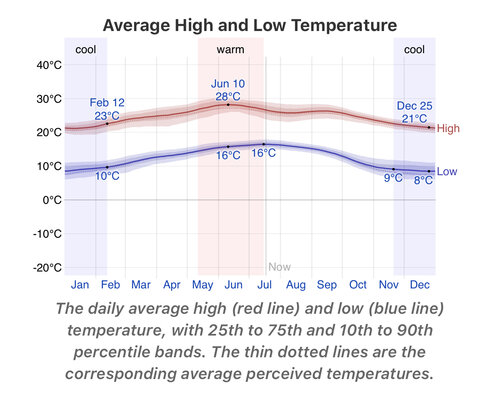 FF118BB3-C131-4AC9-B2EF-1DB6382D9D46.jpeg417.4 KB · Views: 328
FF118BB3-C131-4AC9-B2EF-1DB6382D9D46.jpeg417.4 KB · Views: 328 -
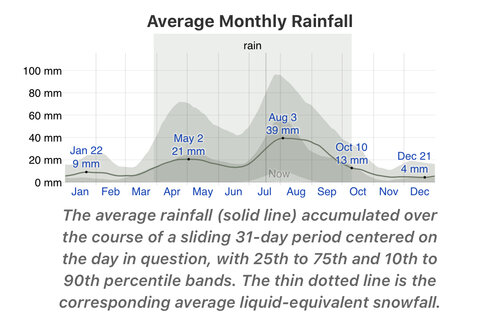 27022A74-25B5-4F4D-8322-D6F5C76E138A.jpeg350.2 KB · Views: 355
27022A74-25B5-4F4D-8322-D6F5C76E138A.jpeg350.2 KB · Views: 355 -
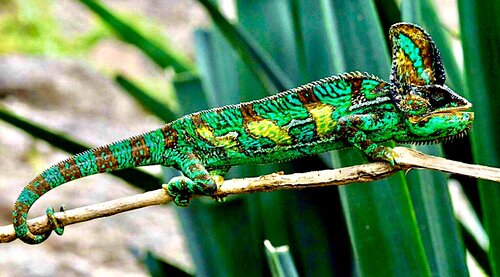 8A266307-F141-4A8A-B4AA-CC04EAEA31E7.jpeg418.5 KB · Views: 423
8A266307-F141-4A8A-B4AA-CC04EAEA31E7.jpeg418.5 KB · Views: 423 -
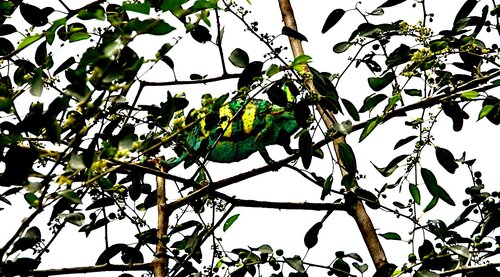 5A7F6671-04BD-4B87-81F1-442F468C180E.jpeg495.9 KB · Views: 373
5A7F6671-04BD-4B87-81F1-442F468C180E.jpeg495.9 KB · Views: 373 -
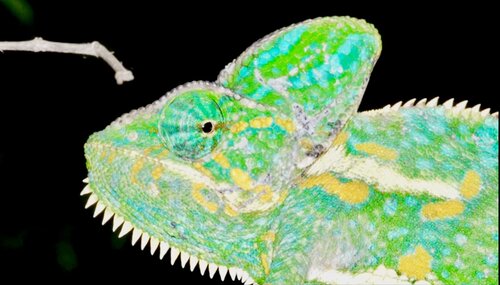 3BBBA184-8B8D-4815-A776-10B1A1A5412F.jpeg234.5 KB · Views: 360
3BBBA184-8B8D-4815-A776-10B1A1A5412F.jpeg234.5 KB · Views: 360 -
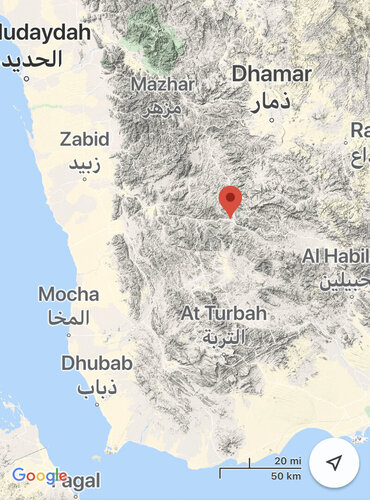 D2AC7C20-C803-4BF1-A18D-57A898F8C757.jpeg267.6 KB · Views: 395
D2AC7C20-C803-4BF1-A18D-57A898F8C757.jpeg267.6 KB · Views: 395 -
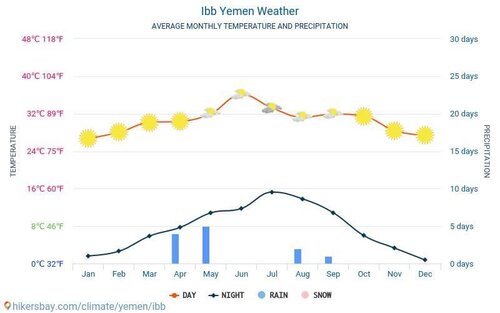 DA16F42C-944F-4CEA-B6BE-B181105D6BAF.jpeg52.7 KB · Views: 354
DA16F42C-944F-4CEA-B6BE-B181105D6BAF.jpeg52.7 KB · Views: 354 -
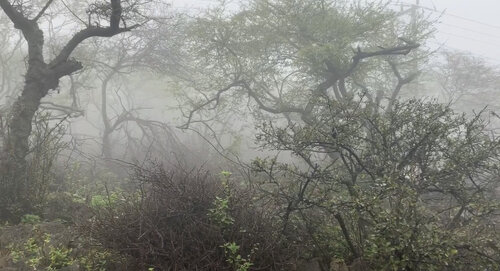 C20F3C1E-736A-4719-A014-1249CA3A2FFC.jpeg769.8 KB · Views: 367
C20F3C1E-736A-4719-A014-1249CA3A2FFC.jpeg769.8 KB · Views: 367 -
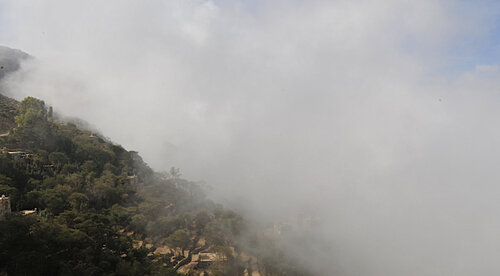 E70A4772-BA54-4E6E-8421-F70DF04850ED.jpeg460.6 KB · Views: 337
E70A4772-BA54-4E6E-8421-F70DF04850ED.jpeg460.6 KB · Views: 337 -
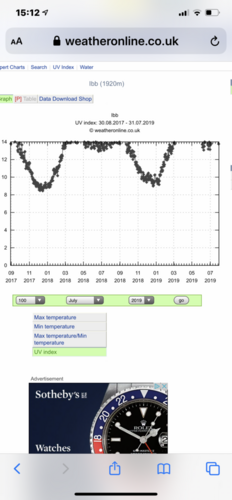 4796B173-952F-410F-874C-24867C7E851D.png225.9 KB · Views: 372
4796B173-952F-410F-874C-24867C7E851D.png225.9 KB · Views: 372


